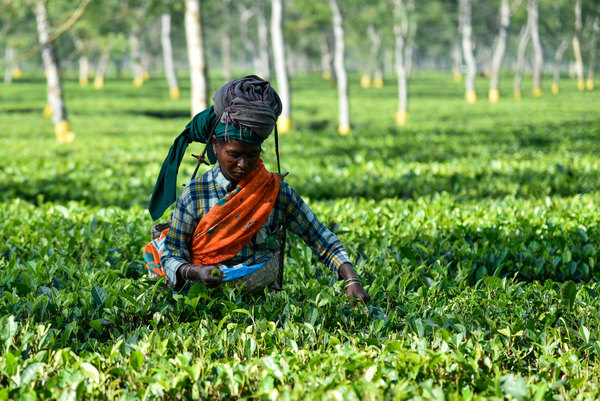EU ban on mango imports highlights importance of phytosanitary certification
A ban on imports of mangoes from India to the EU is likely to cause dramatic losses to Indian growers and has produced an outcry amongst growers in India and retailers in the UK. The ban on importing mangoes from India came into effect today 1 May and will continue until 31 December 2015 –…
New urban invasives report launched with CABI contributions
Highly invasive Japanese knotweed (Fallopia japonica) growing in High Wycombe, UK Contributed by Esther Gerber, CABI Switzerland Last week in Gland, Switzerland, a meeting was held on the threat of urban ecosystems titled ‘Invasive Alien species: the Urban Dimension.” During the meeting, a representative of the European Commission announced a series of upcoming…
TV segment: Box tree moth population explodes in Jura
CABI's Dr Marc Kenis talks to television station Canal Alpha about the evolving threat of the box tree moth (Cydalima perspectalis) in the Swiss Jura region. Dr Kenis will hold a conference in Delemont on September 20th to discuss measures to control this threat. "They have been found in Switzerland since 2007, and in Jura…
How do you track a bee?
Blog contributed by Bettina Carter, Plant Protection Content Editor, CABI Our honey bees are dying in large numbers, and in an attempt to understand why, scientists at the Natural Resources Institute and Rothamsted have developed an ingenious monitoring system using a technique called harmonic radar entomology. This involves attaching tiny antennae to the bees' backs to…
CABI joins EU Action against the spread of Ragweed on the continent
In the largest COST Action to date, 34 EU countries have banned together to find a solution to stop Ragweed's spread on the continent. This invasive weed from North America, now one of the most common air-borne allergens in the EU, causes half of all asthma attacks in its regions, and costs the EU economy…
Attack of the 340 million propagule timebomb! Stories of Phytophthora
Latest CABI Author focus out now - Kurt Lamour tells how the deadly nature of Phytophthora has been devastating crops since the Potato famine!
Multi-tasking plants for phytoremediation and bioenergy source
coppice willow photo courtesy of http://woodlands.co.uk Some metals, such as zinc (Zn) and copper (Cu) are micronutrients needed in small amounts by plants, animals and humans alike, for optimum health. Others, such as cadmium (Cd), aluminium (Al) and lead (Pb) are not needed and can be toxic to humans, animals and ecosystems. Thankfully, there are…
A green future? 3 experts give their views on the future of the world’s forests
To mark International Day of Forests, we brought together three experts in the field to suggest their own thoughts on what lies ahead for forests. Below they offer their hopes, and fears, for these vital ecosystems in the years to come.
Looking to the trees of the future
Image courtesy of the Future Trees Trust Whilst carrying out research for his latest book, Dr Peter Savill looked to the future of forestry in Britain and the challenges it faces. One of the most immediate problems, widely discussed in the industry and in the media, is that of the recently introduced fungus Chalara fraxinea,…
Ash dieback – where are we now?
Image courtesy of Fera The spread of ash dieback in the UK hit the headlines last year bringing the issues of forest health to the fore (see Ash dieback hits British countryside. But what is the current status of the disease? Much has been done since outbreak, a helpline has been set up and The…


